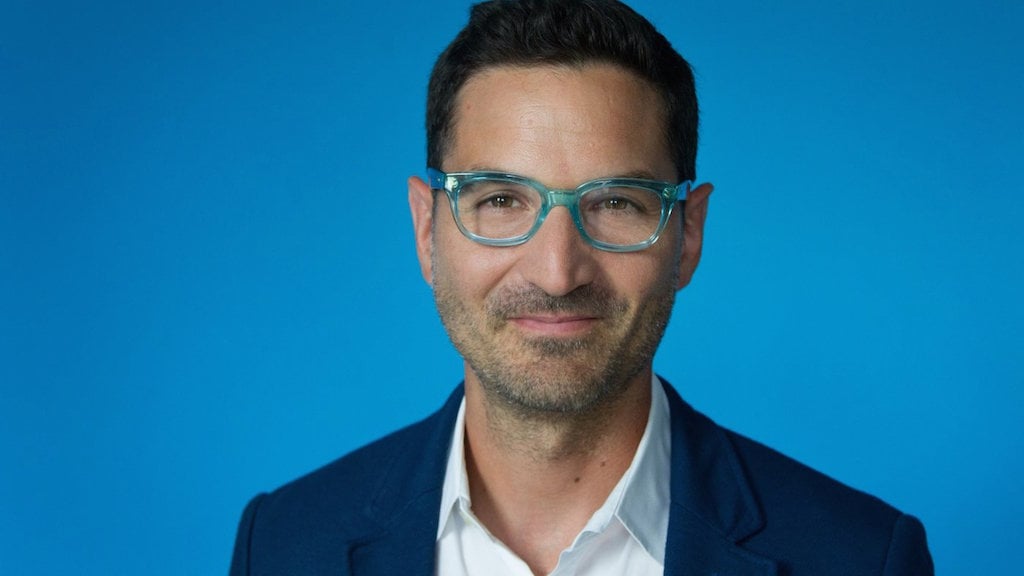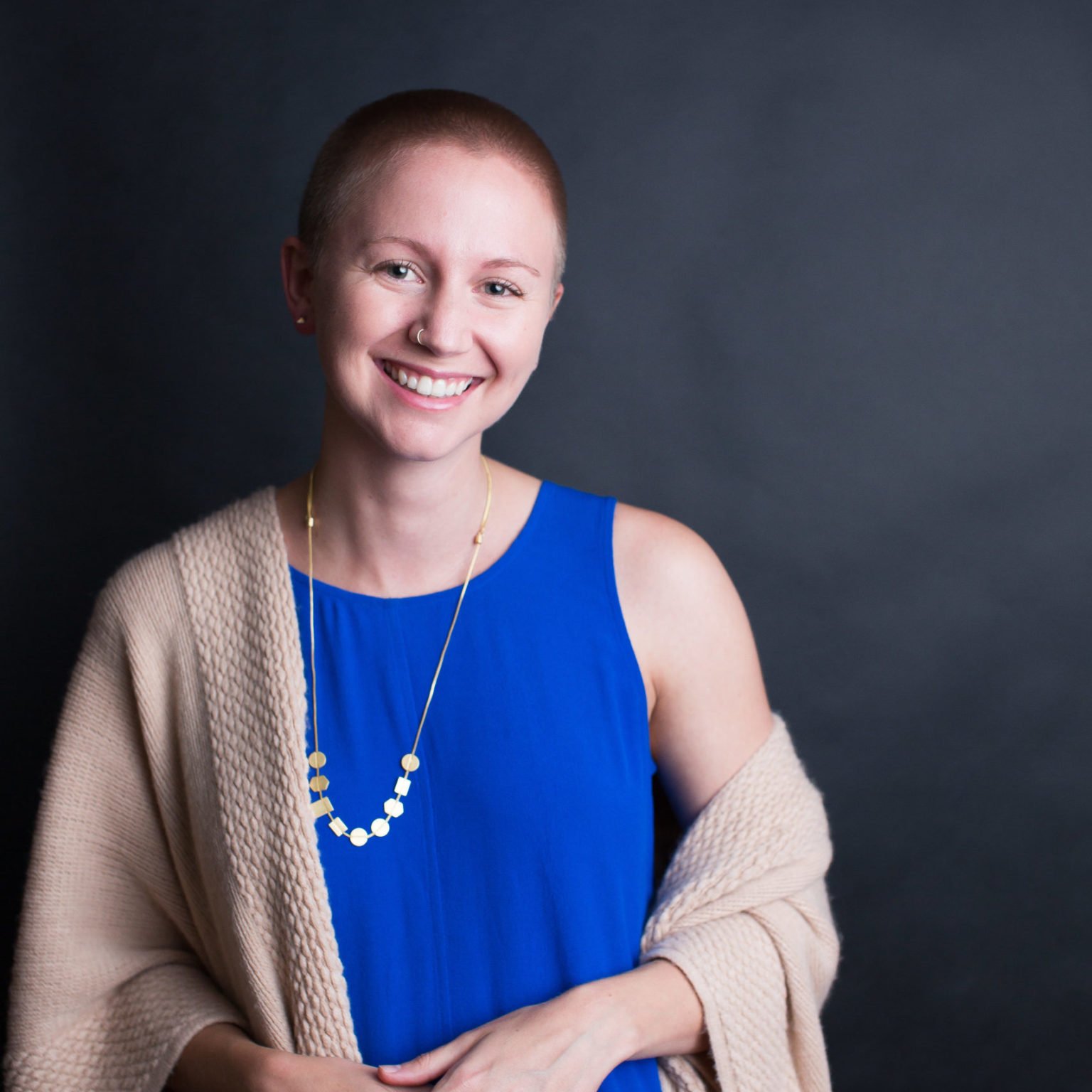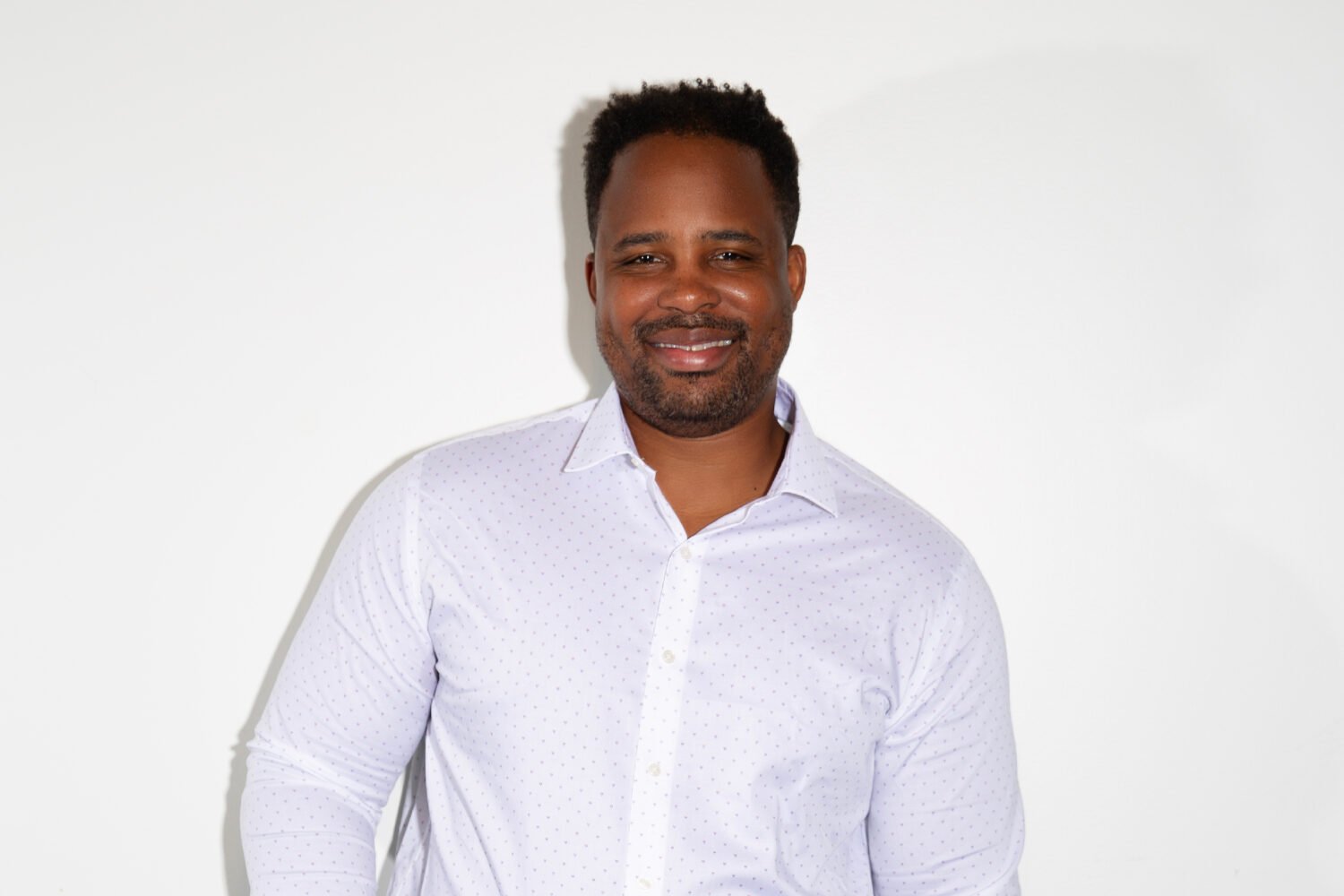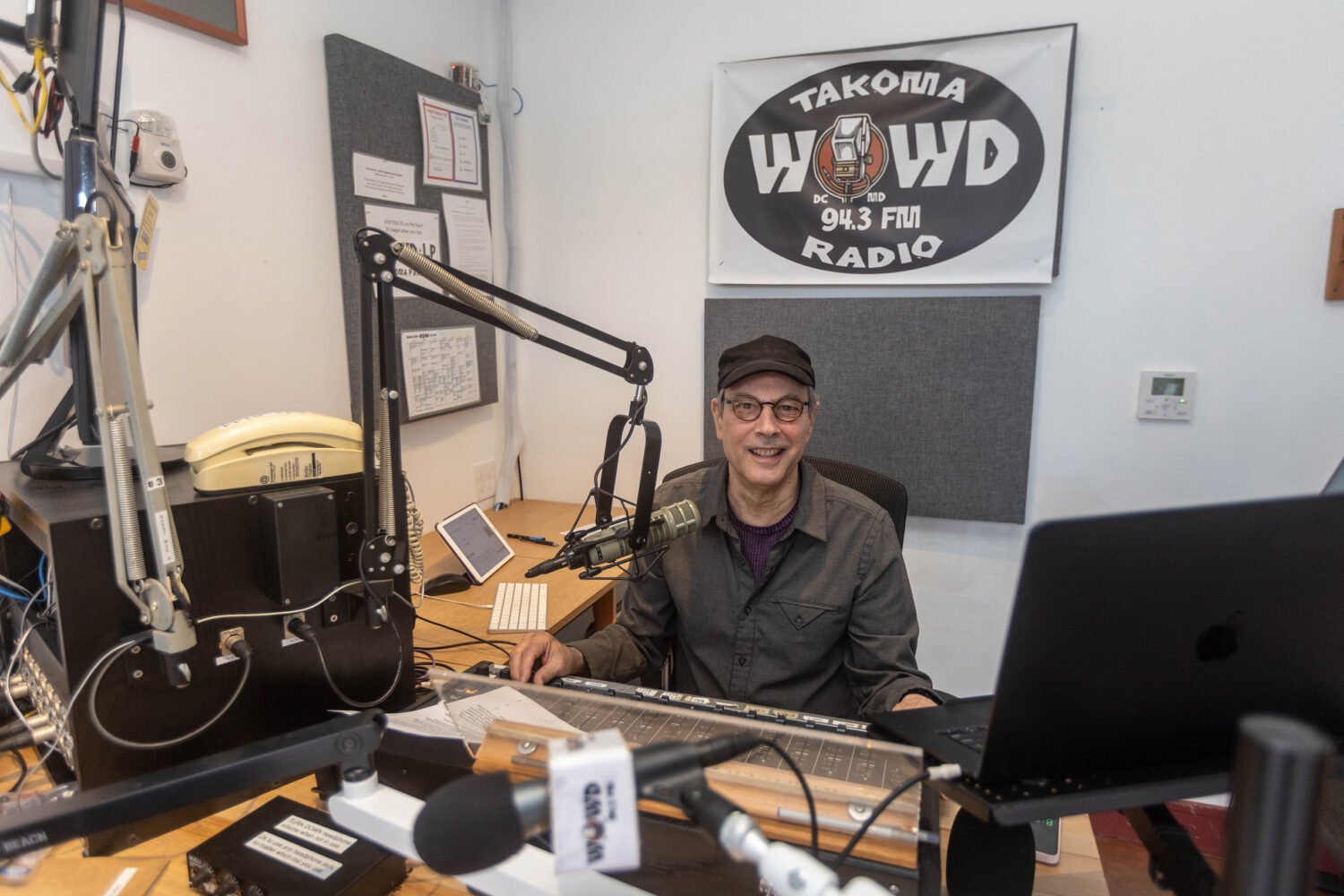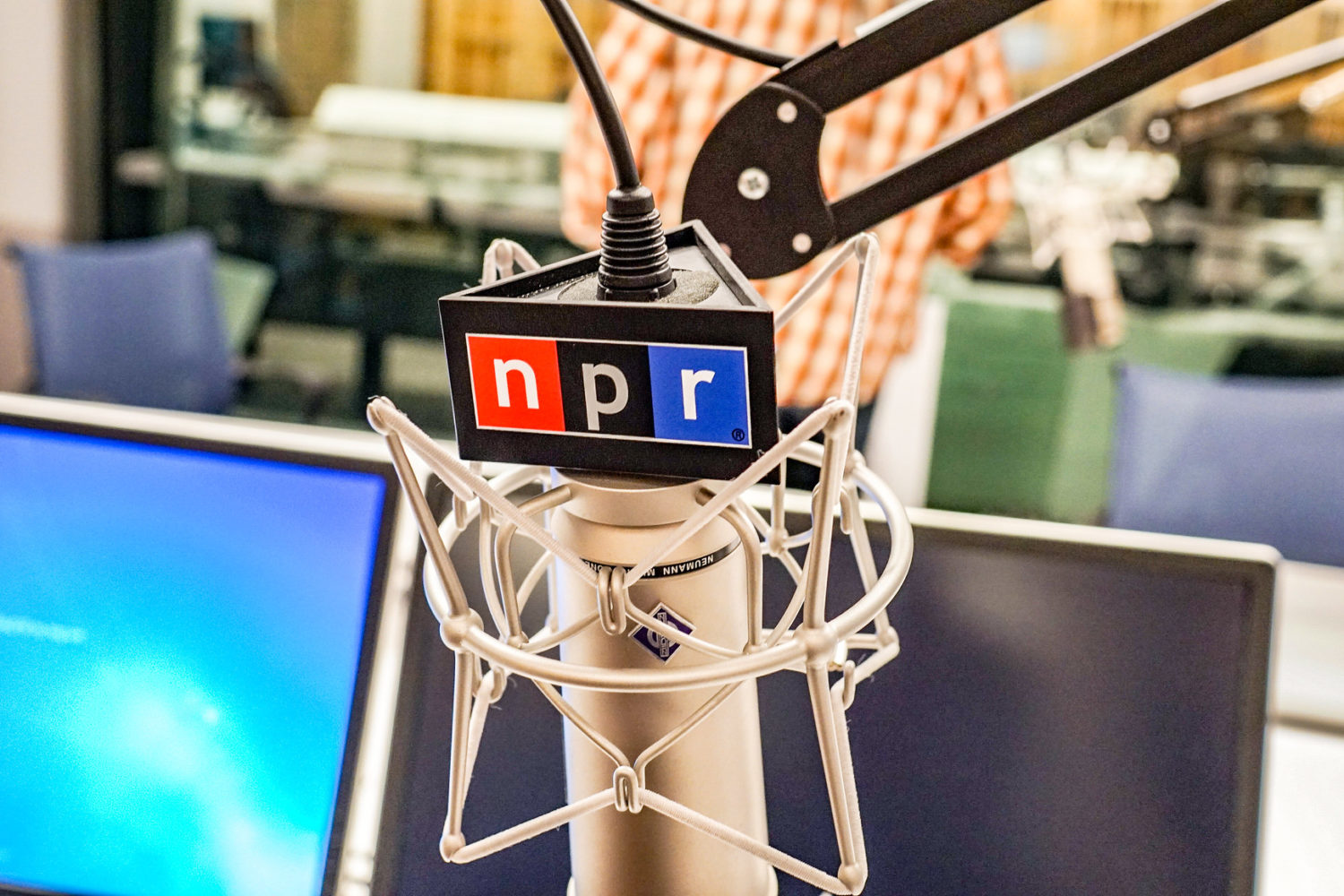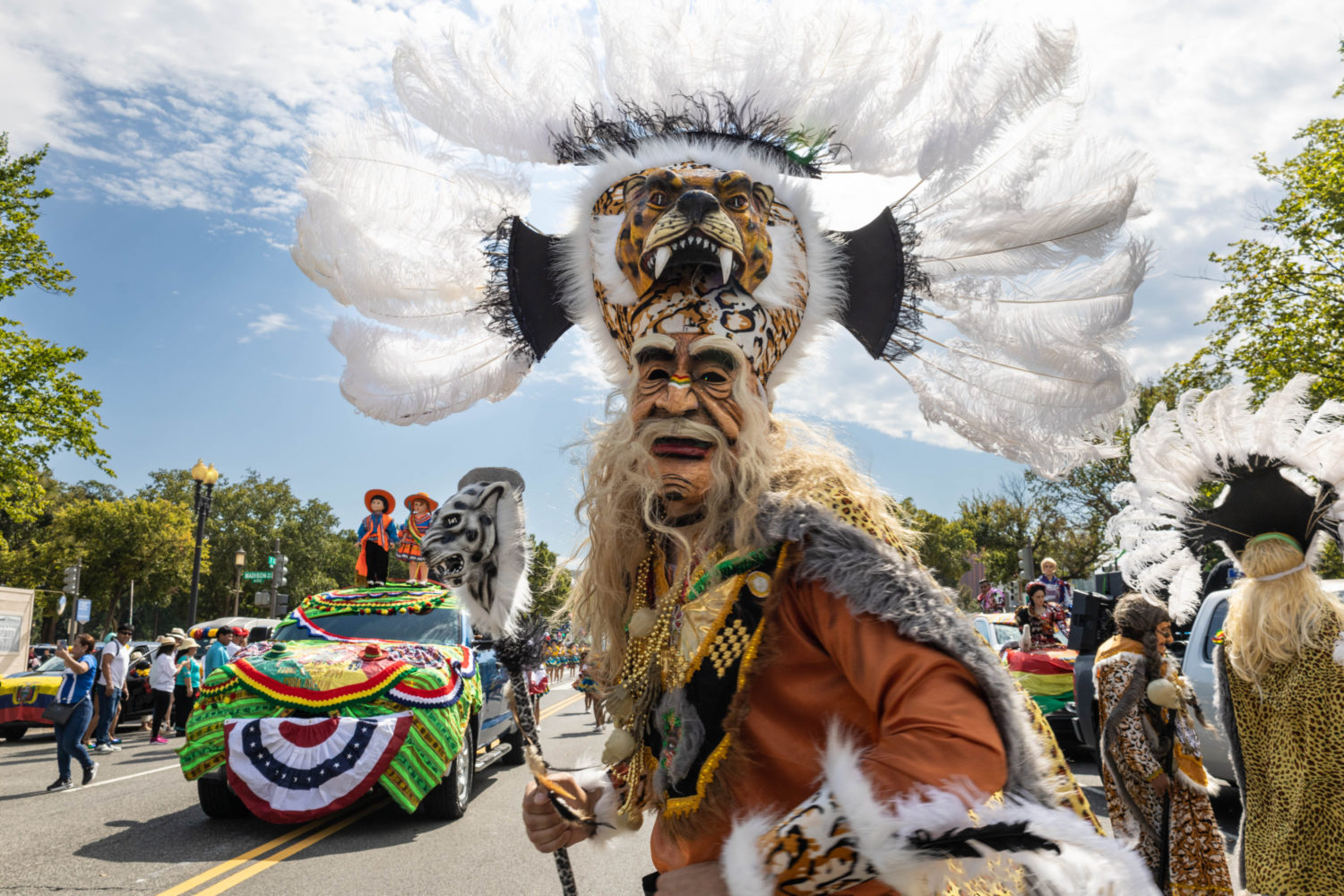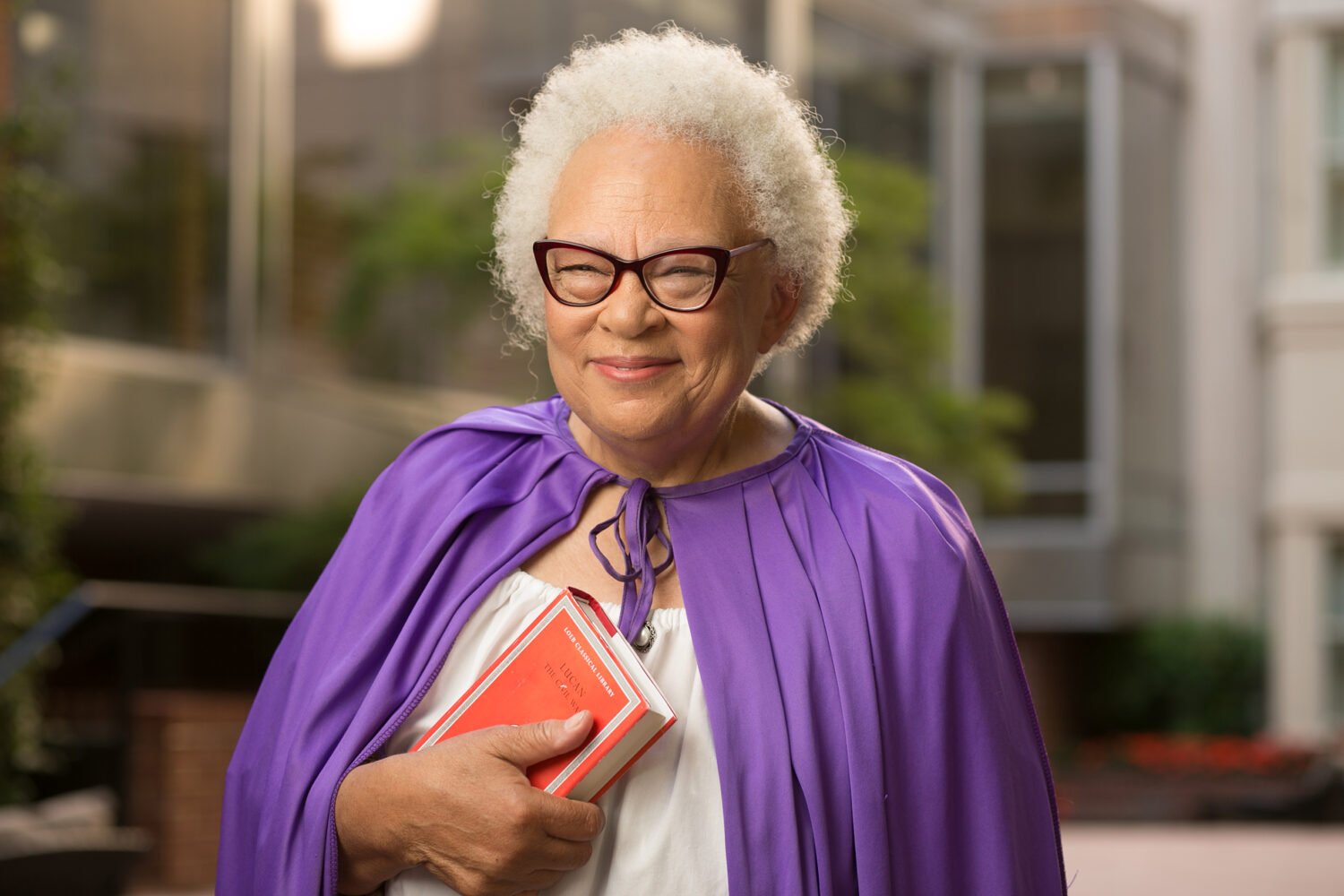When Guy Raz helped start NPR’s TED Radio Hour more than three years ago, he and his team had no idea if anyone would listen to it. He had been the host the news show All Things Considered since 2009 and had been a foreign correspondent before that. The show, a collaboration with TED Talks, had nothing to do with the news. Raz and NPR considered it an experiment.
Today, TED Radio Hour is one of the most popular podcasts out there, drawing more than 8 million listeners on the radio and millions more podcast downloads. The show proved that people love hearing inspirational, optimistic stories about “this upright primate species known as a homo sapien,” as Raz puts it.
Knowing that, Raz decided to develop a sort of TED spinoff. Called How I Built This, the weekly show is about American entrepreneurs and the stories behind their ideas-turned-companies. The first episode with Spanx creator Sara Blakely debuts today, and the season will last for a year. Raz will stay on at TED Radio Hour, which he says is “the heart and soul” of what he does at NPR.
“We’re in an interesting moment…where there’s almost this renaissance in entrepreneurial thinking,” Raz says, citing an explosion in the amount of people who start their own business rather than go work for one. By interviewing people who take a thought or idea and turn it into a company, Raz wants to capture what he considers a unique moment in history.
The first season will focus on recognizable companies like Spanx, Richard Branson‘s Virgin Group, and Dermalogica, one the the world’s leading skincare brands. Through Raz’s intimate and conversational interview style that he developed on TED, he’s trying to “draw out their story and help create a narrative that is true and honest…and also gives us a window into who that person is and why they’re worth listening to,” he says.
One of the episodes in the first season will tell the story behind Vice, which started as a tiny alt-weekly in Montreal. In the mid 1990s, Suroosh Alvi became an editor there as a way to stay off drugs. He and Shane Smith would go on to turn the alt-weekly into the now-multibillion dollar Vice brand—and that was after the company went completely bankrupt in 2001. Alvi tells the whole story to Raz.
You’ll hear similar narratives on the rest of How I Built This: ordinary people building companies from the ground up after colossal failures. Richard Branson will talk about the fatal crash of one of the Virgin Galactic spacecrafts in 2014. Cathy Hughes, one of the wealthiest African American women in America opens up about being an impoverished single mom and having to live in one of the radio stations she spent all her money on (the radio stations would go on to make her a fortune).
“Often the truth is stranger than fiction and true stories are more dramatic than anything you could make up,” Raz says.
The trick, though, is to get people to tell the real story of their companies instead of the same polished narrative they’ve told a million times. If Raz senses one of his guests doing this, he will stop the interview. “If they hear you repeating the same talking points that they see elsewhere out there you’re not going to come across authentically,” he tells them. He says it almost always works.
“I just want to hear you tell a story like you’re telling your best friend at a bar or coffee shop,” he says. “Because that’s gonna inspire people and change the way people think about their own lives.”

